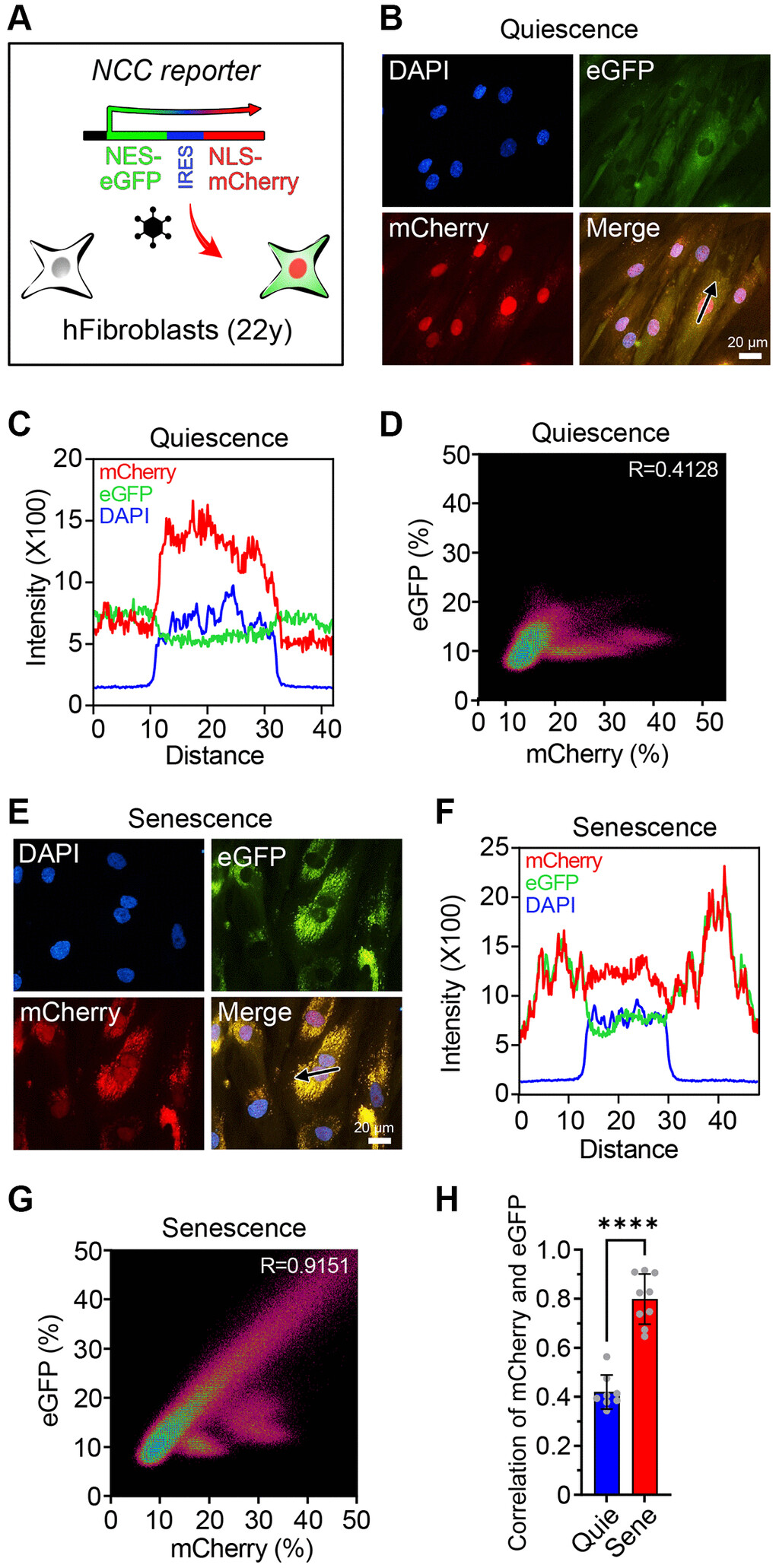Does anyone have information about the contents of srn-901? 50 percent is a very good rate
This one is a little odd as there doesn’t seem to be any information on the company or who works there, so it’s hard to know what to make of it. I guess we’ll have to see if there’s a follow up or any more news
“The formula or chemical structure of SRN-901 has not been disclosed in the provided information. As a novel compound under development by Seragon Biosciences, the specific details about its composition are proprietary and confidential at this stage.”
Its not as good as it sounds, I suspect. This is one of those cases where they state “% of remaining life” as the basis for the claim. If you look at it in terms of the way they measure lifespan increase in the ITP studies (as a increase in total lifespan) these new claims are probably quite mediocre.
In fact, they state: “SRN-901 extends the remaining lifespan of middle-aged mice by over 30%.”
See discussion here: Gene Therapy Extends Lifespan and Reverses Age-Related Changes in Normal Aged Mice - #4 by RapAdmin
Always be extremely skeptical with company-released data… especially like this, a press release: " In a May 7, 2024 press release, Seragon Biosciences announced the results of SRN-901’s impact on aging in mice."
How about : Chemically induced reprogramming to reverse cellular aging.
Chemically induced reprogramming to reverse cellular aging | Aging
Aging | doi:10.18632/aging.204896. Jae-Hyun Yang, Christopher A. Petty, Thomas Dixon-McDougall, Maria Vina Lopez, Alexander Tyshkovskiy, Sun Maybury-Lewis, Xiao Tian, Nabilah Ibrahim, Zhili Chen, Patrick T. Griffin, Matthew Arnold, Jien Li, Oswaldo…
Seems that our biological clock can be turned back by a combination of small molecules influencing the Yamanaka genes. Turning on three of these genes without increasing the c-Myc-gen seems possibly safe. The combination of the four OSKM abbreviated can possibly only been stimulated for a short time like 3 or 4 days; after this short period cells will refind their old identity supposedly.
I think his should be tested on some larger animals that have grown old on a natural way.
Any ideas?
It’s discussed in several places on the forum - you can use the search function to find those threads and then jump into one of those to discussed with those who seems to have in interest in partial reprogramming (including me)
One of these places was actually linked by rapadmin above:
I think some people are even trying this on people, secretly.
As a grey mouse ![]() I have been reading a lot of articles on the subject recently.
I have been reading a lot of articles on the subject recently.
From that info I understand there is some 7 billion USD in funds for doing this research.
By far most of the research is done on cells in vitro or in small animals in vivo, animals with natural defects like progeria or other genetic diseases or artificially created defects (e.g. by irradiation).
Complicated methods using viral vectors, mRNA vectors, SNCT etc. making it either costly because of patents or because of the amount of work per single person. Multiplying your own stem cells - or iPSCs - and get them tranfused back may be useful in some situations but impossible to do on a large scale.
That’s why I am very interested in studies regarding the small molecules method used in larger intact animals to turn back the clock.
